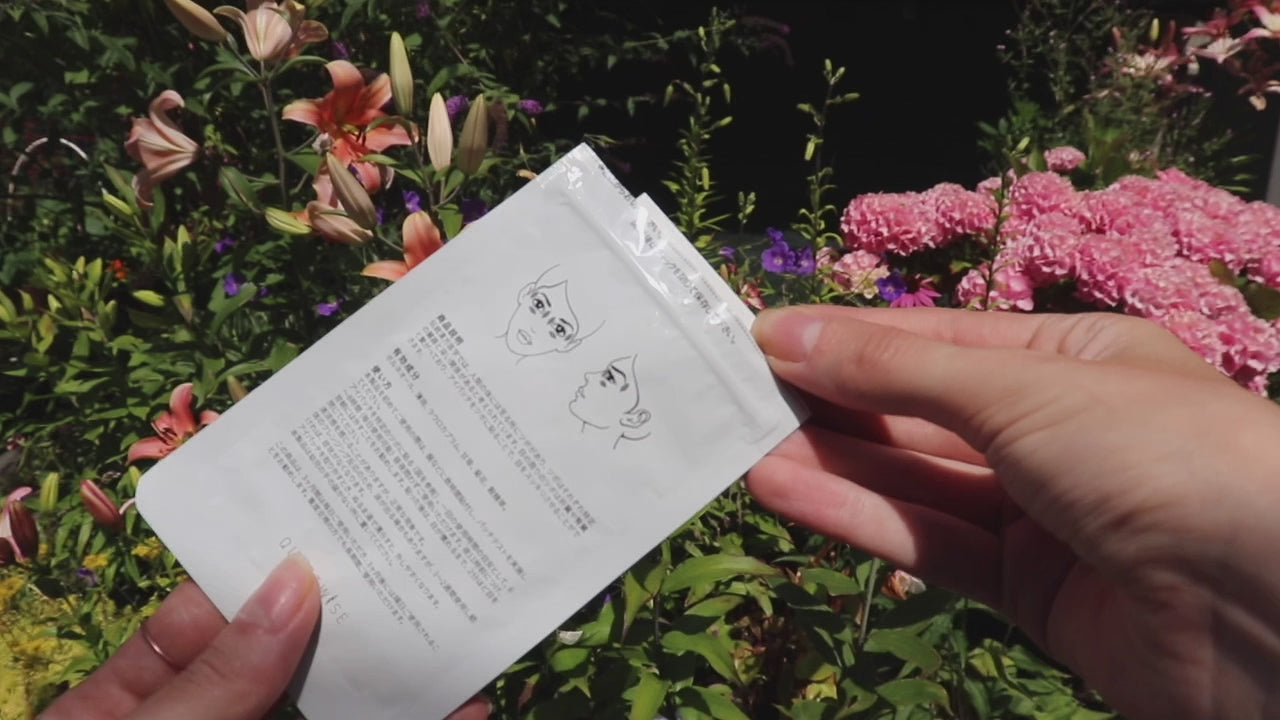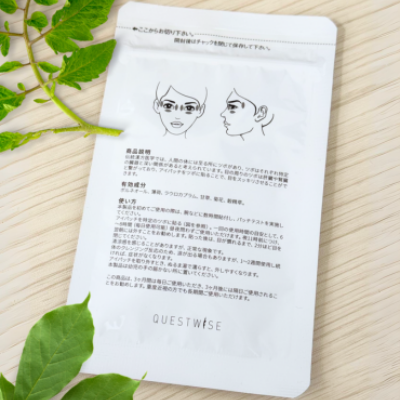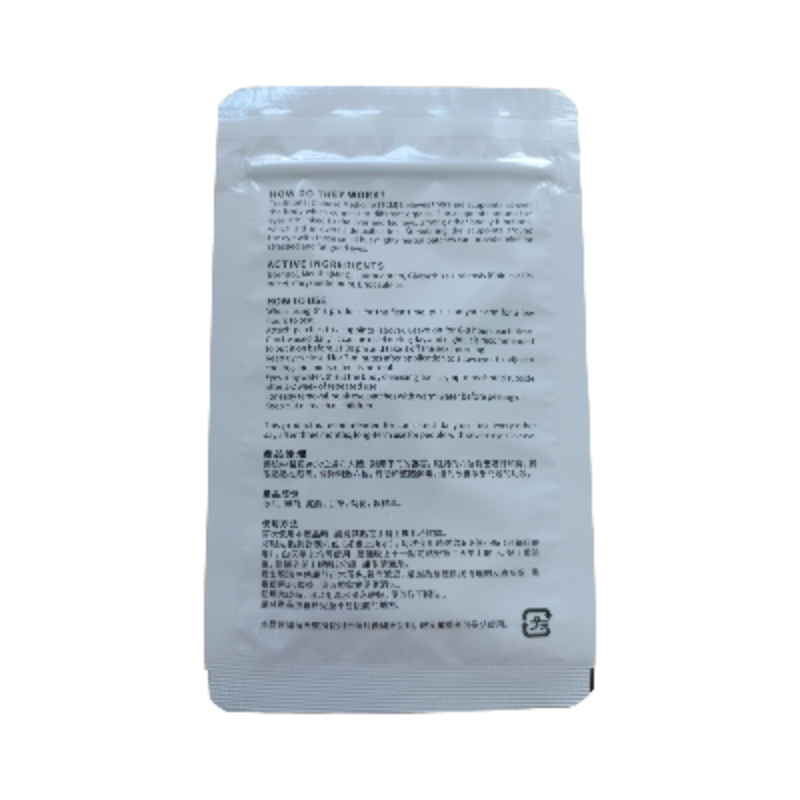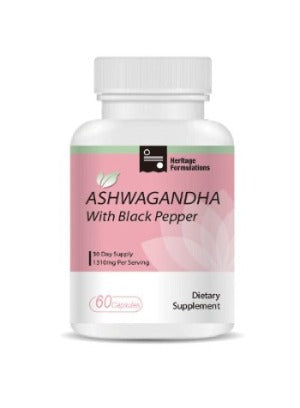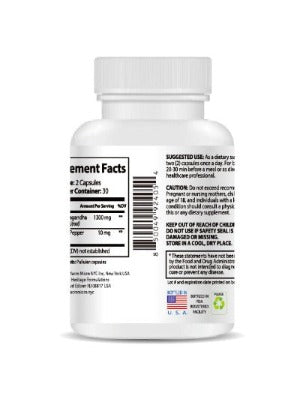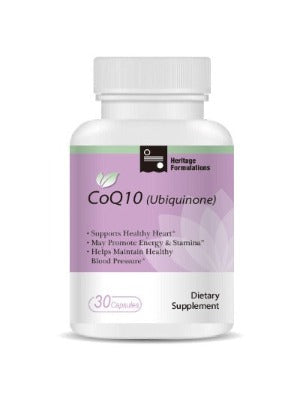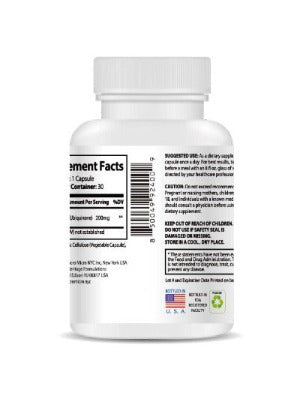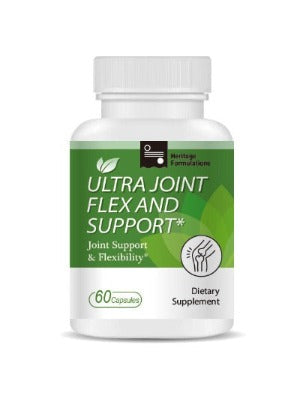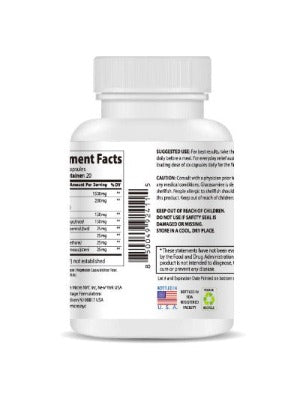High Eye Pressure FAQs: Answers from Eye Care Experts
High eye pressure, also known as ocular hypertension, is a condition where the pressure inside your eye is higher than normal. While not always a sign of glaucoma, it significantly increases your risk. Understanding high eye pressure is crucial for maintaining your eye health. Let's delve deeper into this critical aspect of eye care and address some frequently asked questions. In 2025, advancements in eye care technology and understanding of ocular health continue to improve the outlook for individuals diagnosed with high eye pressure.
What is High Eye Pressure and Why Should I Care?
High eye pressure, or ocular hypertension, occurs when the fluid pressure inside your eye (intraocular pressure or IOP) is consistently higher than the established normal range. This elevated pressure can damage the optic nerve, the pathway that transmits visual information from your eye to your brain. Over time, this damage can lead to gradual and irreversible vision loss, even blindness, if left untreated. While not everyone with high eye pressure develops glaucoma, it's a significant risk factor, making early detection and management absolutely critical. The implications of untreated high eye pressure extend beyond vision loss; it can significantly impact quality of life and independence.
Understanding the Mechanisms of High Eye Pressure
The fluid dynamics within the eye are complex. The aqueous humor, a clear fluid, is constantly produced and drained. Imbalances in this production and drainage system are key to understanding high eye pressure. When the drainage system is compromised, or the production rate is excessively high, the intraocular pressure increases. This sustained elevation puts pressure on the optic nerve, potentially leading to damage. Research continues to explore the intricate mechanisms involved in this process, leading to better diagnostic tools and treatment strategies.
What Causes High Eye Pressure?
The precise mechanisms behind high eye pressure aren't always fully understood, but several factors contribute, interacting in complex ways. These include:
- Age: The risk increases with age, making regular eye exams particularly important for older adults. As we age, the eye's natural drainage system can become less efficient.
- Family History: A family history of glaucoma or high eye pressure significantly increases your risk. Genetic predispositions play a considerable role in the development of this condition.
- Ethnicity: Certain ethnic groups, including African Americans and Hispanics, are at higher risk. The reasons behind these ethnic disparities are a subject of ongoing research.
- Medical Conditions: Conditions like diabetes, high blood pressure, and migraines can sometimes be associated with high eye pressure. These conditions can affect blood vessel health and overall circulatory function, indirectly impacting eye health.
- Medications: Some medications can elevate IOP as a side effect. It's crucial to discuss all medications with your ophthalmologist to assess potential risks.
- Eye Injuries or Diseases: Previous eye injuries or conditions like uveitis (inflammation of the middle layer of the eye) can increase the risk. Injury or inflammation can disrupt the delicate balance of fluid dynamics within the eye.
- Nearsightedness (Myopia): Studies have indicated a correlation between high myopia and increased risk of high eye pressure.
Understanding these risk factors empowers you to take proactive steps toward safeguarding your vision. By knowing your risk profile, you can work closely with your eye doctor to implement preventative measures and monitor your eye health effectively.
What are the Symptoms of High Eye Pressure?
This is where it gets tricky. One of the most significant challenges with high eye pressure is that it often presents with no symptoms in its early stages. This is why regular comprehensive eye exams are so crucial – early detection is key to preventing vision loss. This insidious nature underscores the importance of proactive eye care, especially for individuals with known risk factors. However, as the condition progresses and damage occurs, you may experience:
- Gradual vision loss: This is often peripheral (side) vision loss initially. You might notice difficulty seeing things out of the corner of your eyes.
- Blurry vision: Vision may become increasingly unclear. Objects might appear hazy or indistinct.
- Headaches: Persistent headaches, particularly those located around the eyes or temples, can be a potential sign.
- Eye pain: This is often a sign of more serious complications, and should prompt immediate medical attention.
- Halos around lights: A rainbow-like effect around lights can indicate increased pressure. This symptom is often associated with acute episodes of increased pressure.
- Redness and discomfort: Some experience redness or discomfort in the eyes, though this is not always present.
The absence of symptoms doesn't mean you're safe; regular checkups are essential. Early detection is paramount in managing high eye pressure and preventing vision loss.
How is High Eye Pressure Diagnosed?
Your eye doctor will conduct a comprehensive eye exam, which includes a series of tests to accurately assess your intraocular pressure (IOP) and evaluate the health of your optic nerve. These tests are non-invasive and crucial for early diagnosis and intervention.
- Intraocular Pressure (IOP) Measurement: This is done using a tonometer, a device that measures the pressure inside your eye. This provides a baseline measurement of your IOP.
- Optic Nerve Examination: The doctor will examine your optic nerve for any signs of damage using ophthalmoscopy and other advanced imaging techniques. Early detection of optic nerve damage is critical in preventing further vision loss.
- Visual Field Test: This test assesses your peripheral vision to identify any areas of visual field loss, which is a characteristic sign of glaucoma.
- Gonioscopy: This procedure examines the drainage angle of your eye to assess fluid flow. This helps identify any blockages that might contribute to elevated IOP.
- Optical Coherence Tomography (OCT): This advanced imaging technique provides detailed images of the retina and optic nerve, allowing for a more precise assessment of the condition.
These tests allow your doctor to accurately diagnose and assess the severity of your condition. Based on these findings, a personalized treatment plan will be developed.
How is High Eye Pressure Treated?
Treatment options depend on the severity of the condition, overall health, and other factors. Treatment goals focus on lowering IOP to reduce the risk of optic nerve damage. Methods may include:
- Eye Drops: These medications help lower IOP by either increasing fluid drainage or reducing fluid production. They are typically the first line of treatment.
- Oral Medications: In some cases, oral medications might be prescribed to lower IOP or address underlying medical conditions that contribute to high eye pressure.
- Laser Surgery: Laser procedures, such as laser peripheral iridotomy (LPI), can improve fluid drainage by creating a new pathway for fluid outflow. This is a minimally invasive procedure.
- Surgical Procedures: Surgery, such as trabeculectomy or glaucoma drainage implants, might be necessary in more severe cases to create new drainage pathways for the aqueous humor. These procedures are typically reserved for more advanced cases.
Your doctor will create a personalized treatment plan based on your individual needs and the severity of your condition. Regular monitoring and adjustments to the treatment plan are often necessary.
Lifestyle Changes and Eye Health
While medical treatments are often crucial, lifestyle modifications can also significantly contribute to better eye health and reduce the risk of complications. These include:
- Regular Exercise: Physical activity promotes overall health, including cardiovascular health, which can indirectly benefit eye health. Regular exercise helps maintain healthy blood pressure and circulation.
- Balanced Diet: A diet rich in antioxidants and nutrients beneficial for eye health, such as lutein and zeaxanthin, is important. A healthy diet supports overall well-being and can help protect against oxidative stress.
- Stress Management: Chronic stress can negatively affect various aspects of health, including eye health. Stress management techniques, such as meditation, yoga, or deep breathing exercises, can help.
- Screen Time Management: Reducing prolonged screen time and incorporating regular breaks, the 20-20-20 rule, can help lessen eye strain. The 20-20-20 rule suggests looking at something 20 feet away for 20 seconds every 20 minutes.
- Sleep Hygiene: Adequate sleep is essential for overall health, including eye health. Aim for 7-8 hours of quality sleep each night.
Incorporating these lifestyle changes into your daily routine can complement medical treatments and contribute to better overall eye health.
What Can I Do for Eye Strain and Discomfort?
Experiencing eye strain and discomfort is common in today's digital world. Prolonged screen time, poor lighting, and other environmental factors can contribute to eye fatigue. To alleviate these symptoms, consider incorporating soothing eye care into your routine. The Wise Quest Soothing Eye Patches - 1-Month Care Pack harnesses the power of traditional Chinese herbal medicine to fundamentally relieve eye fatigue, eye dryness, eye astringency, eye redness, and swelling caused by long hours in front of screens. It promotes healthy blood circulation, helping to relieve most eye discomfort and disease. These patches offer a soothing and refreshing experience, promoting relaxation and comfort after long periods of screen time. Using these patches can be a helpful addition to a comprehensive eye care routine, alongside other preventative measures. 
Important Note:
This article is for informational purposes only and does not constitute medical advice. Always consult with a qualified eye care professional for diagnosis and treatment of high eye pressure or any eye-related concerns. Regular eye exams are vital for early detection and prevention of vision loss. The information provided here is intended to increase awareness and understanding of high eye pressure, but it should not replace professional medical guidance.


